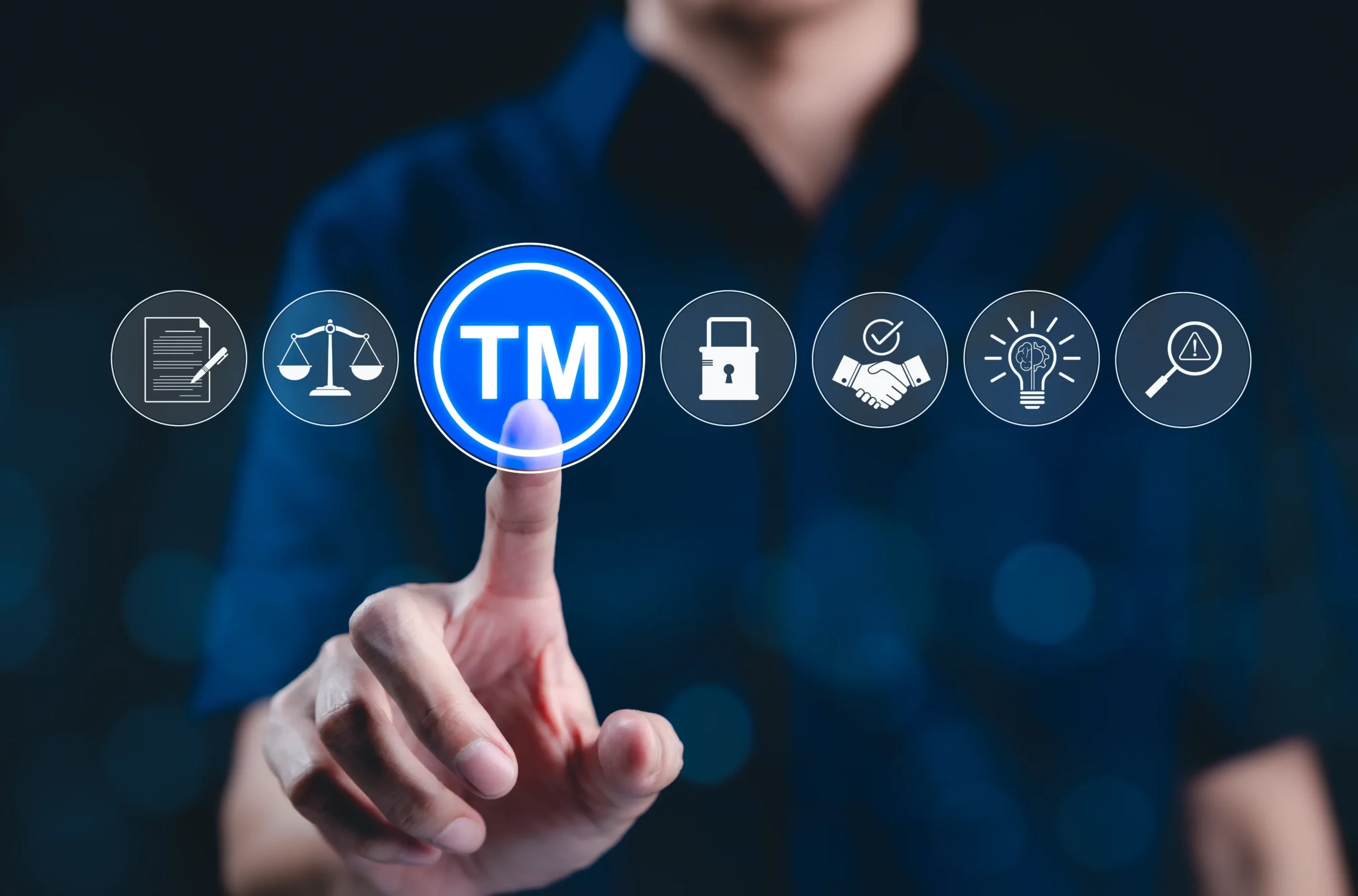
Has someone copied your logo or website layout?
Have you discovered a clone site that mimics your brand to mislead users or steal traffic?
Are you concerned that your original design or content is being used without permission — but aren’t ready to take legal action yet?
These situations are becoming increasingly common in the digital environment. The good news is that there are effective ways to protect rights and remove infringing content without expensive legal action.
In this article, Fidustria will tell you:
- What exactly is protected as intellectual property?
- When and how to act
- What steps do you need to take to file a complaint with Google or other platforms?
- What important nuances should be considered before filing a complaint?
Ready? Let’s get started.
What is protected by copyright?
Before you act, it’s important to understand exactly what copyright or intellectual property law protects. In most jurisdictions, copyright only protects original works fixed in tangible form . Ideas or general style are not protected—only specific and identifiable content.
Typical examples of content that is subject to protection:
- Uniquely designed logos
- Website interface design and structure (UI/UX)
- Text content: articles, product descriptions, terms of use
- Illustrations, graphics, images created specifically for the site
- Audio files, jingles, background music
- Program code (if unique)
To be eligible for protection or removal requests, these items must be your original work or you must have the rights to use them.
Please note: Standard templates, generic layouts, or unbranded stock images are generally not protected unless they have been significantly modified or creatively adapted.
What is not protected?
- Ideas, concepts, functional layouts
- Unregistered logos or designs without proof of authorship
- Designs created by third parties without transfer of rights
- Publicly accessible objects or shared resources
Copyright myths (and what they really are)
Myth 1: “If someone uses my logo in a review, I can request removal.”
Truth: Most countries allow fair use of logos in reviews, news, or for comparative analysis. However, if the logo is used in a misleading or commercial manner, it may be grounds for removal (for example, in the case of brand imitation).
Myth 2: “If my site is copied, Google will immediately remove everything”
Truth: You need to file a legally substantiated complaint with evidence of authorship. Generalized claims or incomplete forms are usually rejected.
When can action be taken?
Our team will help you file a complaint or initiate copyright protection if the copied material:
- Is substantially identical to your original
- Hosted on sites that don’t link to your brand
- Used in a manner that causes confusion, harms reputation, or results in financial loss
- Hosted on clone sites that redirect traffic, phish users, or undermine your business model
